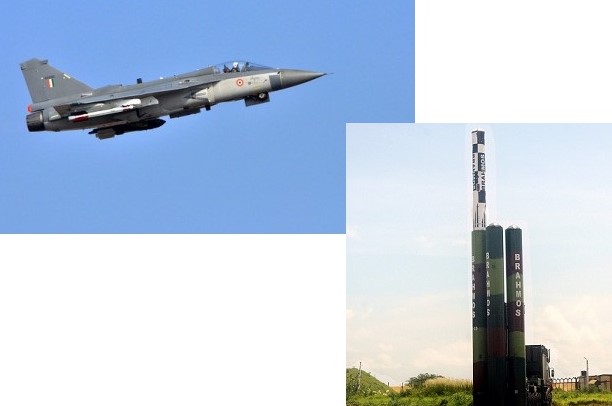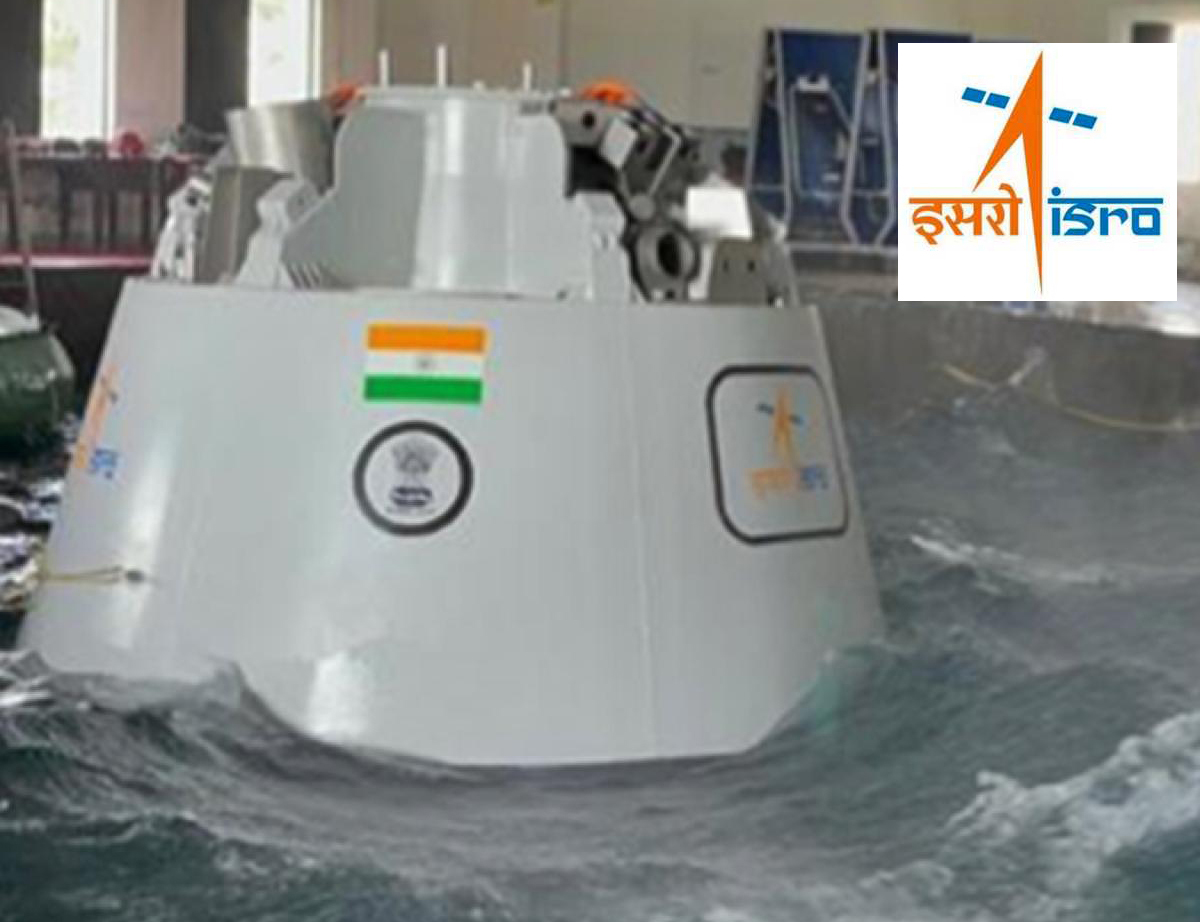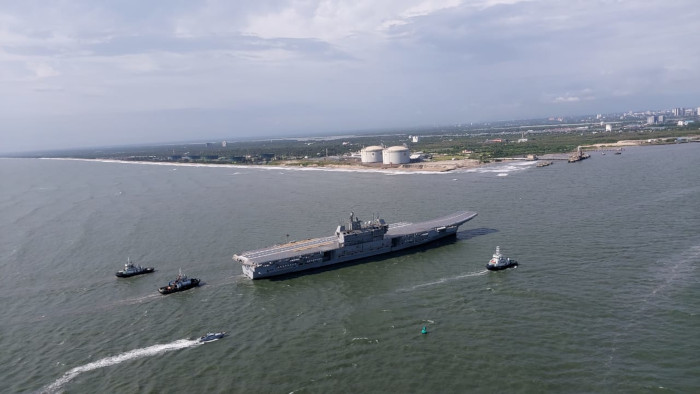
LCA Tejas and BRAHMOS weapon system of India.
By Ritu Mousumi Tripathy
In an increasingly militarised world where more and more number of countries are acquiring arms and ammunition, the dynamics of international arms trade has changed in the last few years. For many decades, the lucrative arms market has been predominantly controlled by the two arch rivals -- the USA and Russia.
According to the annual report released by Sweden-based global think-tank SIPRI listing the world's top 20 arms exporters for the period 2011-2015, America and Russia still occupy the first two positions. The third spot has interestingly been taken over by China -- the Asian giant which was once upon a time the world's top-most military importer.
China still ranks third when it comes to military imports as per the SIPRI report. But the Communist country's surge as one of the leading global arms exporter, leaving behind many European nations such as France, Germany and the UK, has surprised military analysts.
Even as the entire Asia-Pacific region witnessing a spurt in territorial disputes in recent times has gone on a major military acquisition spree, it is the South Asian region in particular which is adding up more number of Chinese platforms and systems. While Pakistan is the foremost receiver of Chinese military hardware, other clients in the region include Bangladesh, Myanmar and Sri Lanka -- all in the immediate neighbourhood of India.
The Chinese military supplies have also found a place in the Latin American region, including in Argentina, Venezuela and Peru. Several countries in the Middle East and Africa too have received Chinese equipment and systems.
The major Chinese exports include battle tanks, armoured carriers, frigates, corvettes, patrol craft, military helicopters, aircraft, and missile systems.
In a recent news report published in a state-run media outlet, China also claims to have exported military drones worth hundreds of millions of dollars to over 10 countries, without naming them. Admittedly so. Beijing over the years has developed a wide range of airborne unmanned aerial systems, including combat drones.
Such a swift rise in the supply of defence equipment clearly point towards Beijing's growing military influence across the globe.
In contrast, India, the other leading Asian power, has maintained a cautious restraint over its policy of exporting full-fledged military systems and platforms to any third country. At present, India is exporting some critical military parts and components to third countries, adding a revenue of around US$150 million per annum and ranking 26th in the global military export index.
Still occupying the top spot as a major military importer, India intends to reverse the trend and emerge as a leading supplier of defence equipment.
The country has achieved distinct capability in designing and developing some of the most advanced weapons and platforms. In particular, the domestic ship-building industry has achieved excellence in indigenously building warships like frigates, corvettes, destroyers and even submarines. In the aerospace domain, the fourth-generation light fighter jet Tejas has emerged as a prospective contender in the arms market. And so is the case with state-of-the-art weapon systems like missiles and torpedoes.
However, as a responsible state as it has always been, India has been abided by some international treaties like the Missile Technology Control Regime (MTCR) and the Wassenaar Arrangement which regulate international arms transfers/ export of dual-use technology. New Delhi has been making an all-round effort to become a full member of all such multi-lateral export control regimes, the other two being the Nuclear Suppliers Group (NSG) and the Australia Group.
China on the other hand is not a signatory to any of these regimes excepting the Nuclear Suppliers Group. And as expectedly, Beijing has opposed any move to include New Delhi in this group.
Hence, military exports by China have continued without any restraint for all these years, more so with Beijing maintaining an ambiguity over its official policies with regard to arms exports.
While India has made its defence export ambitions quite clear with the Defence Ministry listing out some of the major military hardware which can be exported to foreign countries, including the Light Combat Aircraft Tejas, BRAHMOS supersonic cruise missile system, and the Akash air defence system, it has already taken the inaugural step in this direction by delivering an offshore patrol vessel (OPV) to Mauritius in 2014.
In another recent development, the Kolkata-based Garden Reach Shipbuilders & Engineers Ltd. (GRSE) has also emerged as the lowest bidder in a multi-million dollar frigate acquisition project by the Philippines in Southeast Asia. Some other countries in the region have also evinced strong interest in Indian defence equipment.
Even as India's military products are steadily gaining interest in the international arms market, giving confidence to the state arms manufacturers, New Delhi meanwhile is busy making major policy shifts so as to involve more number of private-sector defence firms in manufacturing cutting-edge military products which could compete in the global arms market in future.
The larger aim is to transform India from the top-most arms importer into a leading arms exporter by the next decade and make it emerge as a world-class defence manufacturer.
A firm and bold decision by the Government of India with regard to defence exports thus promises to change the dynamics of the international arms market in India's favour in the near future.
 Previous Article
Previous Article Next Article
Next Article













The Indian Air Force, in its flight trials evaluation report submitted before the Defence Ministry l..
view articleAn insight into the Medium Multi-Role Combat Aircraft competition...
view articleSky enthusiasts can now spot the International Space Station (ISS) commanded by Indian-American astr..
view article